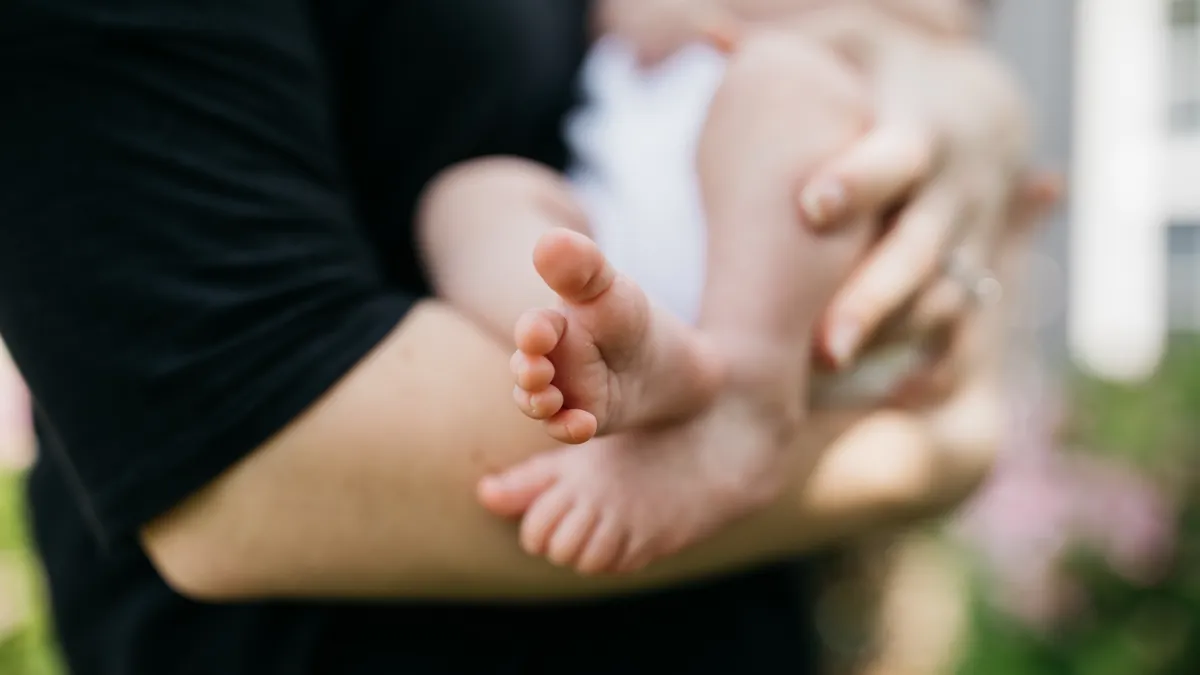Dive Brief:
- Caregiving responsibilities pressured workers into quitting their jobs and applying for unemployment benefits as the COVID-19 crisis developed in the U.S., according to the results of a July 23 survey by Morning Consult for the Bipartisan Policy Center. Of the 1,500 unemployment insurance recipients interviewed, most received the benefits because they were furloughed (35%) or laid off (37%). Six percent quit their jobs. Slightly more than half (52%) of parents who quit said child care or school closures caused their resignations. More than a third (37%) of caregivers who quit did so to look after a sick family member.
- Caregiving responsibilities pose a barrier to workforce re-entry for unemployment insurance recipients, the survey found. Nearly 60% of parents receiving benefits who aren't looking to return to work said caregiving duties stand in their way, with 41% specifically citing school closures. This challenge is more pronounced among people of color. Fifty-five percent of Hispanic and 44% of Black parents are not returning to work because of caregiving needs.
- Two in three respondents said they would be somewhat or very likely to return to work sooner if they had access to paid family leave, the survey found. Three in four said they would be somewhat or very likely to return on a reduced schedule, so long as they could receive partial unemployment benefits to make up for their reduced wages.
Dive Insight:
Paid leave will pave the way out of the caregiving crisis, according to the Bipartisan Policy Center. "Wider access to paid leave is vital for creating the necessary flexibility for caregivers and workers amidst continuing school, child, and adult care closures, and intermittent reopenings," it said in a blog post analyzing its survey findings.
The organization called on Congress to improve access to paid leave by expanding the provisions in the next COVID-19 relief package. The existing package covers workers only at companies with fewer than 500 employees, and the coverage expires at the end of the year. "Congress should lift the 500 employee cap, expand coverage to new parents, and extend the program to June of 2021 to cover a likely second wave," the Center said.
The caregiving issue didn't arise during the pandemic, nor will it disappear with it. Caregiver service site Care.com found caregiving duties impacted workers' absenteeism and productivity before COVID-19 reached the U.S. in a May survey. Eighty-six percent of respondents said they had stayed home from work to care for a family member or pet at least a few times per year; more than half said they did so at least once every couple of months.
Despite the issue's persistence, a long-term legislative solution appears far off. During a June 18 U.S. Senate Committee on Finance hearing, lawmakers discussed the problems working families face and appeared to agree on the severity of the situation. But each potential paid leave provision faces hurdles.
Some employers have elected to add or enhance paid leave benefits for caregivers to aid them through the COVID-19 crisis. As employers consider how to address caregivers' needs in the longer-term, they may consider training for managers. Results of a recent Disability Management Employer Coalition survey found more than half of employers interviewed said supervisors had not received training on workplace benefits and resources available for caregivers.












